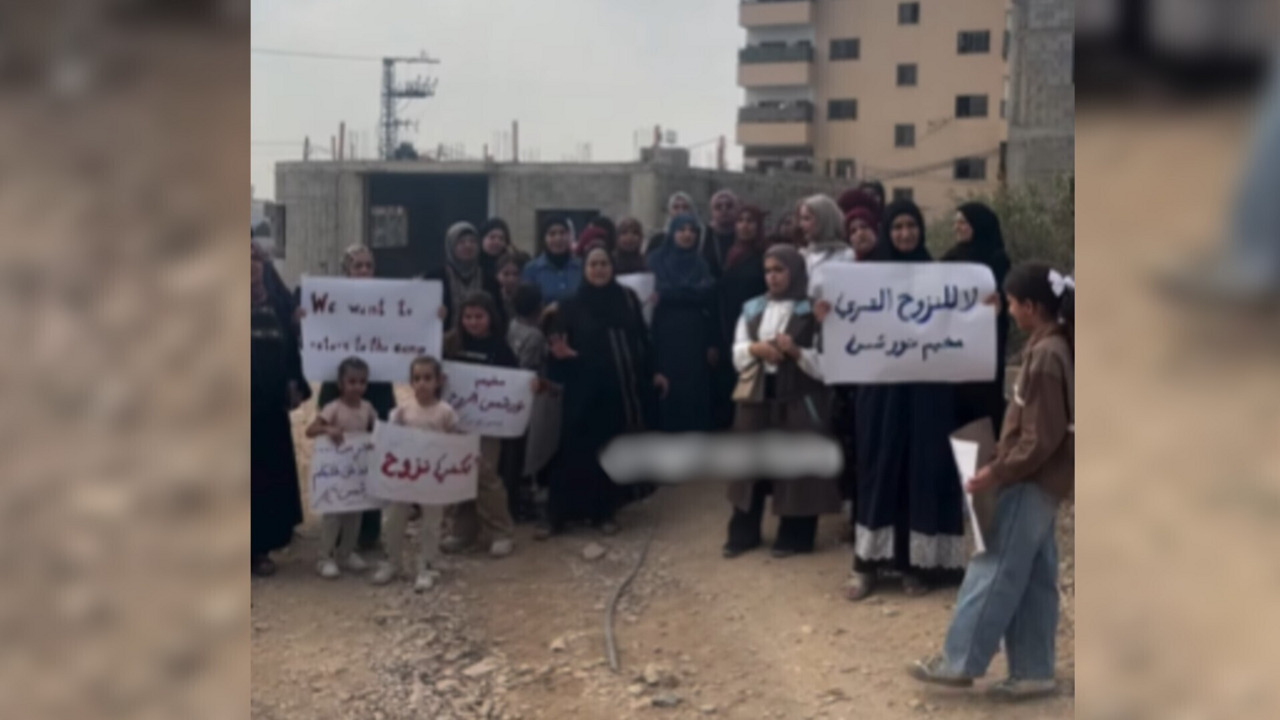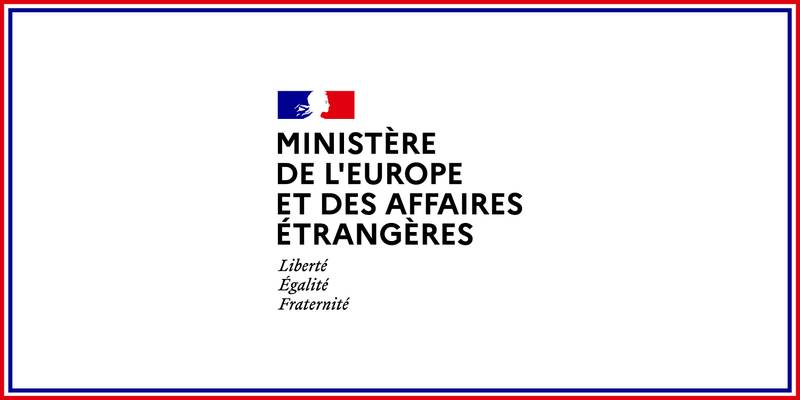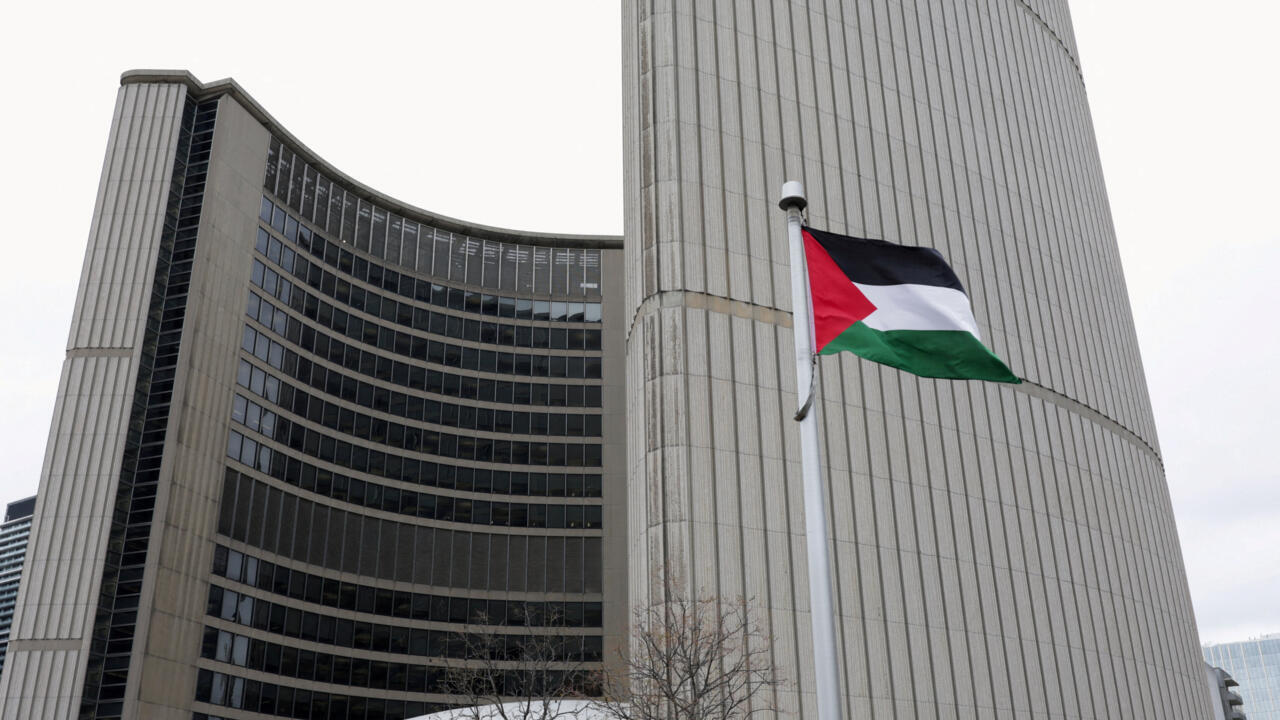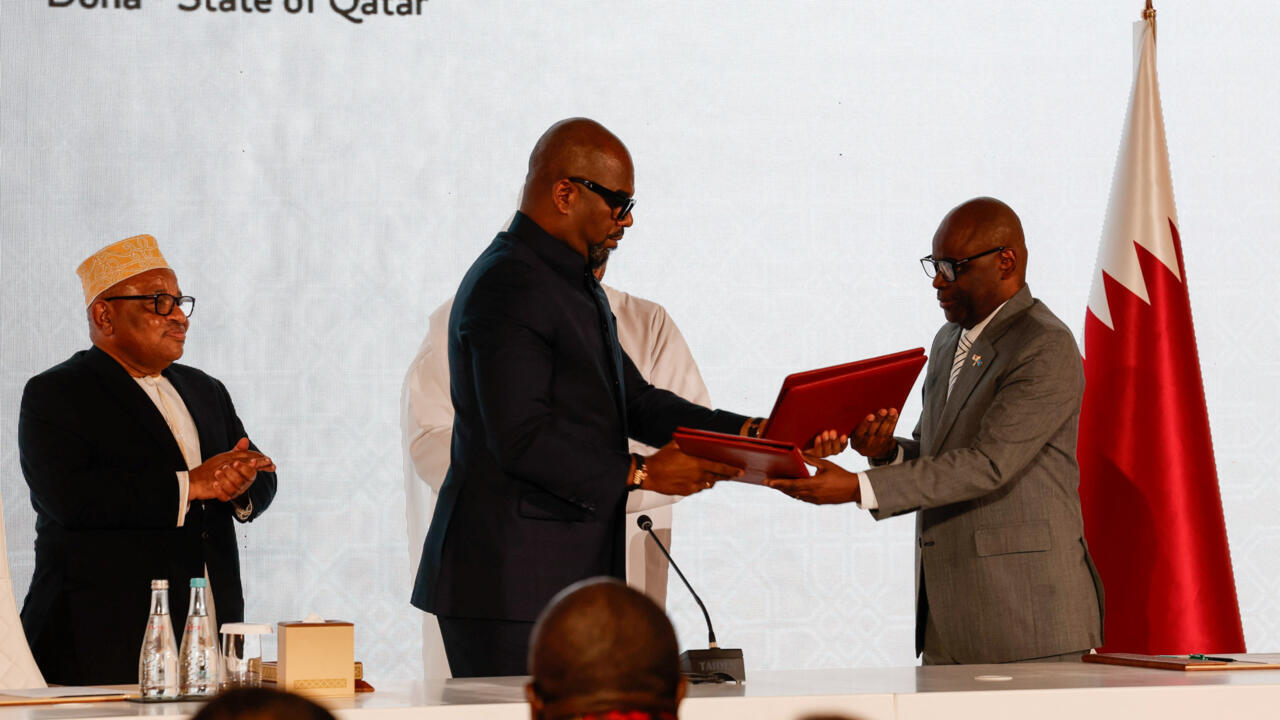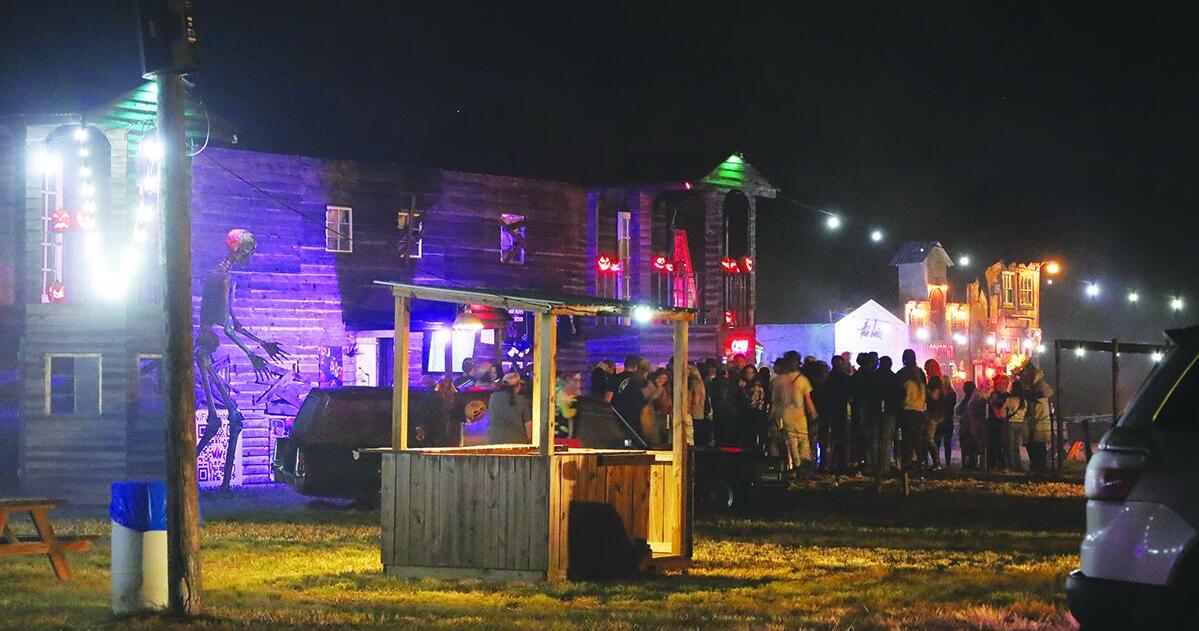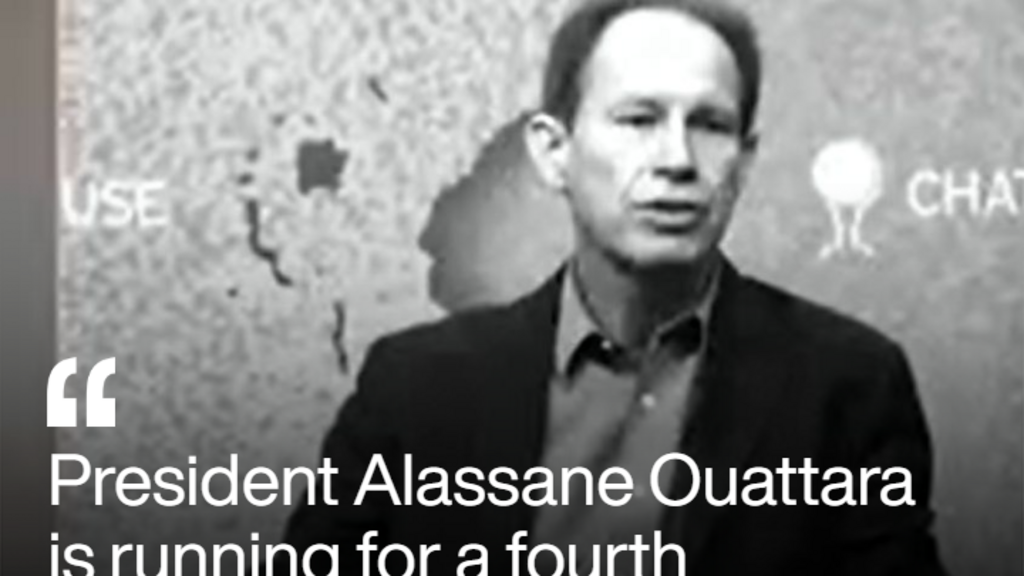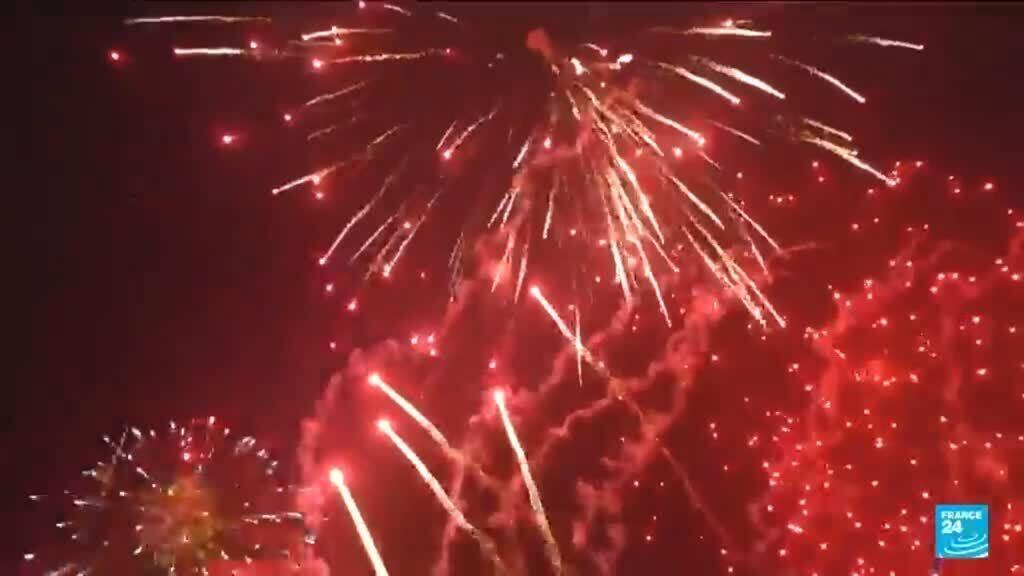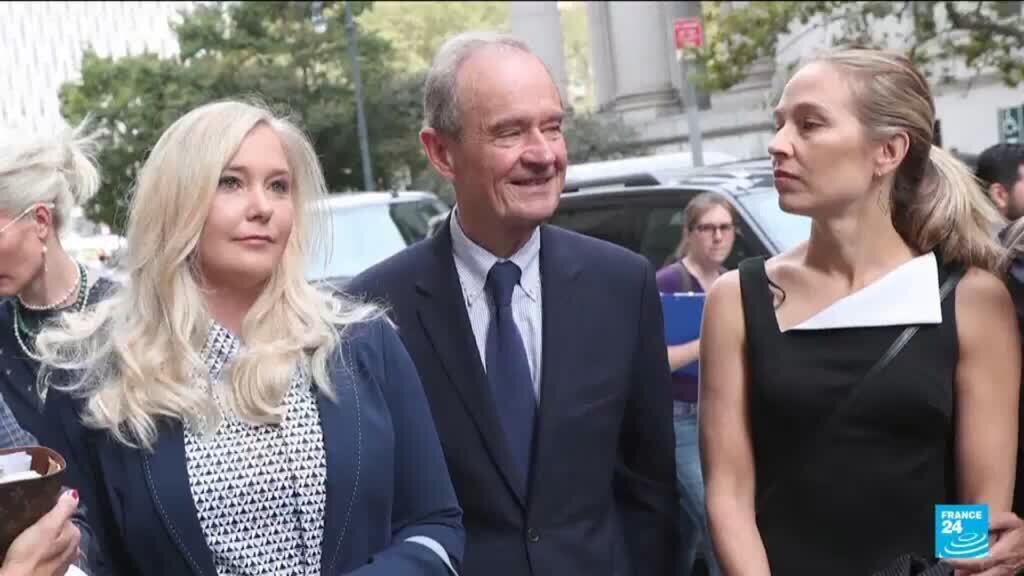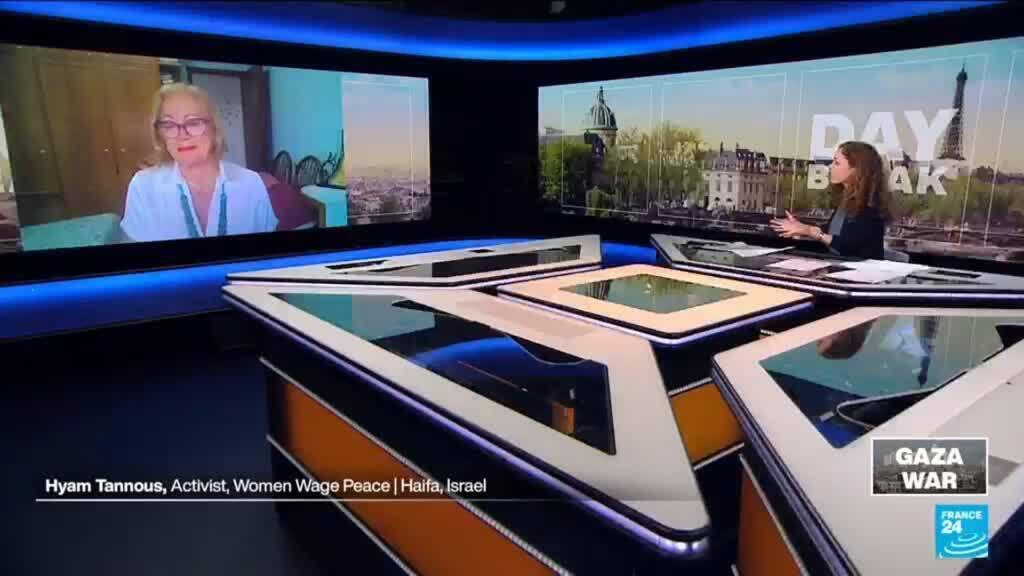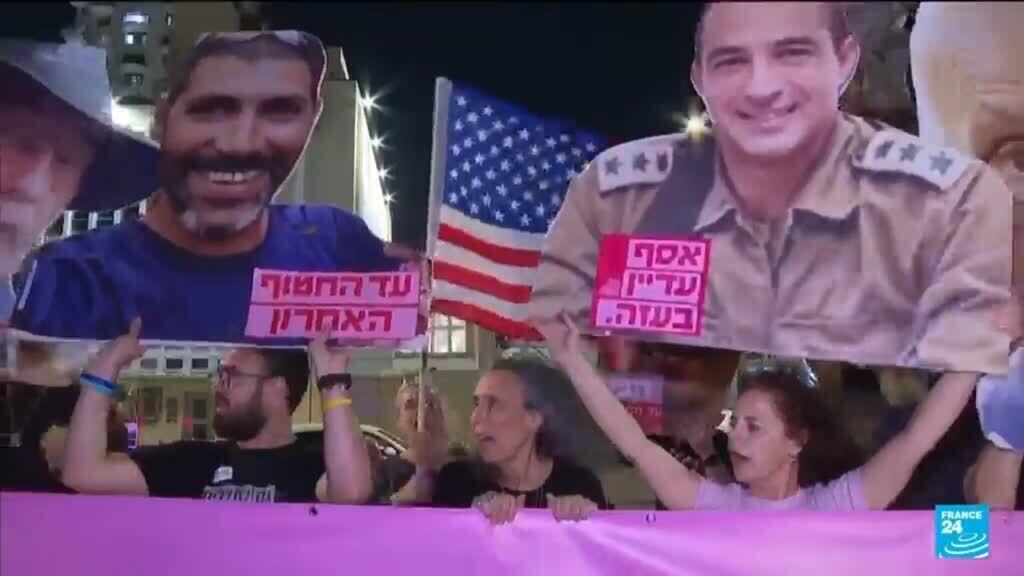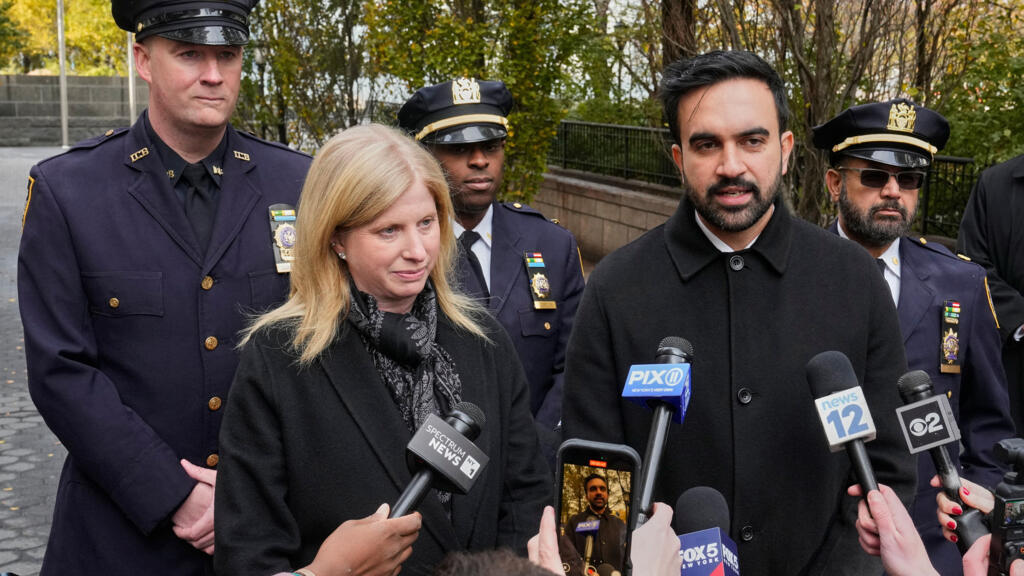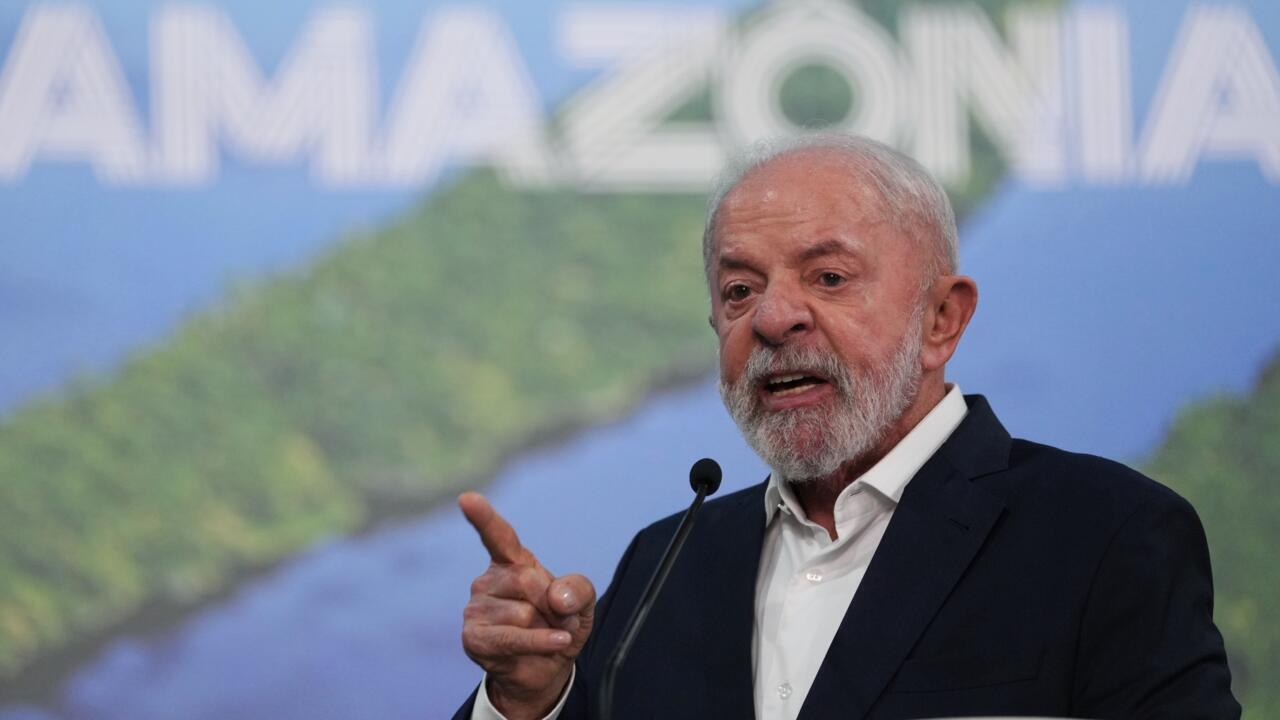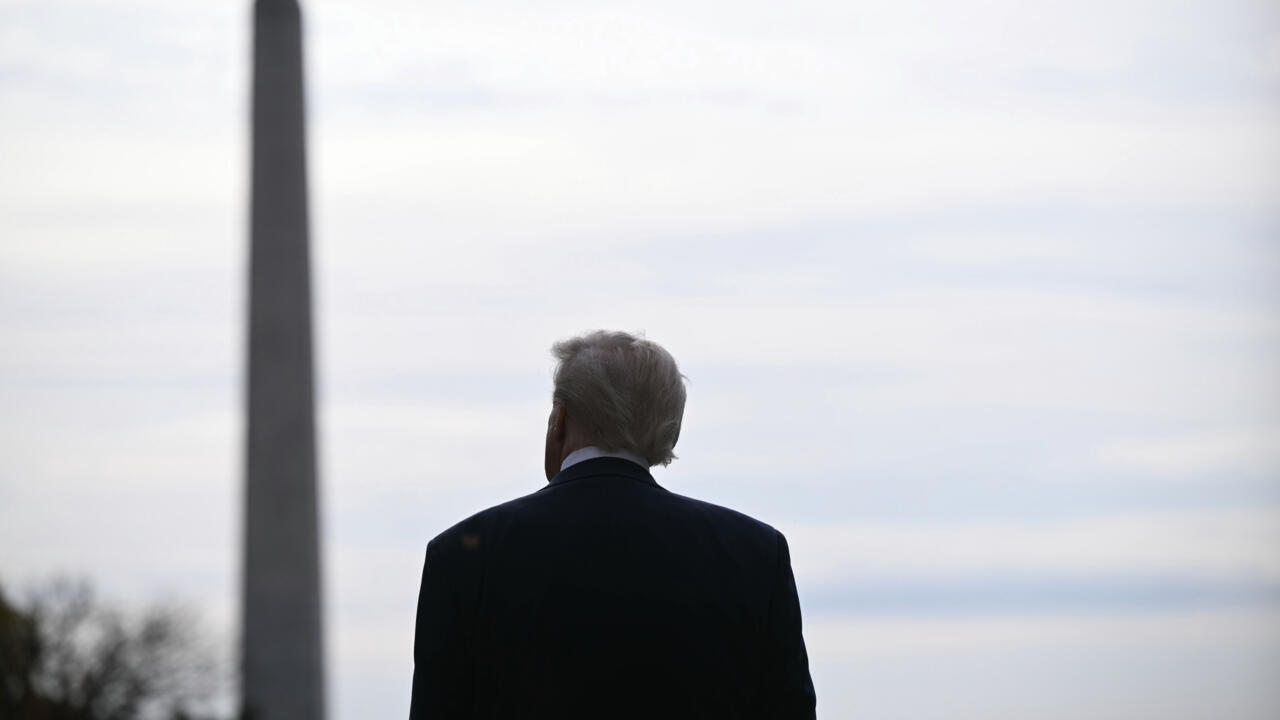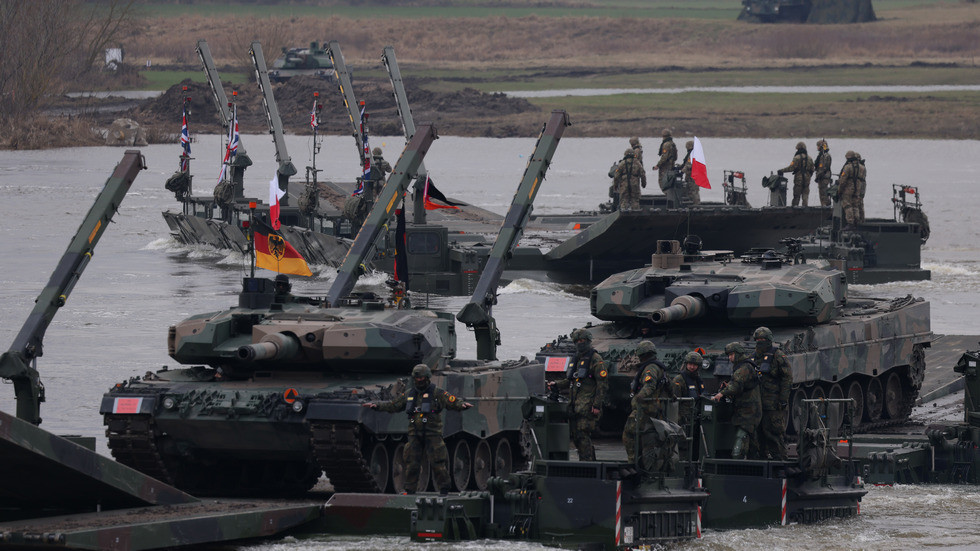Residents of the West Bank’s Nur Shams refugee camp have been staging protests in recent weeks, holding banners demanding the right to return to their homes. Their messages include: “We want to return to the camp,” and “No to forced displacement,” and “The camp is the origin of stories.”
In late January 2025, an Israeli military operation codenamed “Iron Wall” resulted in the evacuation of the Nur Shams, Tulkarem, and Jenin refugee camps in the northern occupied West Bank. UNRWA described it as “the largest displacement of Palestinians in the West Bank since the 1967 war”, initially estimating the displaced population at 40,000.
The Israeli military said the operation was aimed at destroying armed Palestinian groups operating in these camps. However, Roland Friedrich, director of West Bank affairs for UNRWA, the UN agency supporting Palestinian refugees, warned of “growing concerns that the reality being created on the ground aligns with the vision of annexation of the West Bank”.
Ten months later, many residents are still forbidden to return home. “The three refugee camps of Jenin, Tulkarm, and Nur Shams have been emptied, and residents actively prevented from returning,” Friedrich said on October 22.
On November 10, UNRWA reported that more than 30,000 people remain displaced from the three refugee camps, which were established in the early 1950s for those displaced during the first Arab-Israeli war.
One such protest for the right to return took place on November 5. Images show dozens of people – many of them women and children – who had assembled south-west of the Nur Shams camp and were walking peacefully towards an Israeli forces’ roadblock.
As a new protest was taking place on Tuesday, November 18, Al Jazeera reported that the Israeli army shot and injured its cameraman, Fadi Yassin, while he was covering the demonstration. It also said that a child was “injured by shrapnel from live ammunition”. The crowd was then dispersed by Israeli soldiers, according to AFP.
‘I would describe it as a mental health crisis’
On the ground, NGOs like the French medical charity Doctors Without Borders (MSF) have been sounding the alarm on the dire situation of the displaced residents.
Saman Perera, the MSF project coordinator for Jenin and Tulkarem, underscores how these displacements affect the population’s health:
“The biggest issue we responded to, especially at the very beginning of the displacement, was the lack of primary care.
The second aspect is mental health. Repeated exposure to violence, displacement, separations from families, arrests, detentions, combined with loss of housing, loss of dignity, loss of a sense of future purpose, lack of privacy, strangers having to share bedrooms … This had a huge mental health impact. I would describe it as a mental health crisis.
There was a lack of other actors at the beginning. We responded with 40 mobile clinic sites. To this day, because of economic hardships, there’s a huge need for chronic disease medications, especially for diabetes and hypertension.
We’ve seen about 12,000 patients in primary care this year alone. We’ve seen 1,500 individual sessions for mental health – 50 percent of those people who come because of distress due to violence, feelings of insecurity.
This population that we serve feels forgotten.”
Perera says the NGO still needs to address the needs of a significant population:
“Some of our beneficiaries have been able to go back to the neighbourhoods outside of the camps. People were displaced not just in the camps, there was also a lot of insecurity in areas outside the camps. But up until today, most of the people [those who were living inside the camps] have not been able to return.”
‘Lack of adequate, dignified shelter’
According to Perera, some of the people displaced found shelter with relatives. Others are renting housing in accessible areas of Jenin or Tulkarem, outside the camps, sometimes using the cash assistance programmes offered by various organisations.
He stresses that many of the displaced are sheltering in inadequate locations:
“It’s heartbreaking. Some spaces are not designed to hold households. For example, we have university dorms that are converted into housing for IDPs [Internally Displaced Persons]. We see scabies, we see mental health and physical health implications of the lack of adequate, dignified shelter.
In Tulkarem, we have another building that’s basically unfinished housing where people are also sheltering in very poor hygienic conditions, with overcrowding, a lot of water and sanitation needs. Tulkarem municipality was not equipped to deal with this displacement, so the water and sanitation are very lacking.”
‘We will only be able to treat the symptoms, but not address the root cause’
While committed to addressing the “massive” needs of the population, Perera also says the well-being of those displaced hinges on external decisions.
“We, as medical professionals, won’t be able to restore dignity, hope and peace to this community. I echo their sentiments and that sense of forgottenness.
The deterioration [of the situation] has been a long-term deterioration. The first major deterioration, I think, was after October 7. The second deterioration was after Iron Wall.
There is a huge hole in the healthcare system that we are not able to address by ourselves. Regarding the mental health crisis, we will only be able to treat the symptoms, but not address the root cause of this. It’s not the solution. It’s a bandage to something much bigger. There is a huge need to bring attention to what is happening in the West Bank in general.”
‘Risk of ethnic cleansing’
In a September statement, MSF warned that the “forced mass displacements by Israeli forces and settlers” were “significantly heightening the risk of ethnic cleansing in the occupied territory”. They noted that “homes and civilian infrastructure” in the three refugee camps “have been demolished, increasing the likelihood that the displacement will become permanent”.
A July investigation from the research group Forensic Architecture highlighted the destruction and clearing operations conducted by the Israeli army in the three camps.
This comes amid recent Israeli calls to annex the West Bank, with the Israeli parliament passing a symbolic preliminary vote in support of the annexation on October 22. In August, Israel also approved a major settlement project in the West Bank, despite warnings from the international community that doing so destroys hopes for a future Palestinian state.
The UN humanitarian office also reported more Israeli settler attacks on Palestinians in the West Bank in October than in any month since it began keeping records in 2006.
As the ceasefire in Gaza adopted on October 9 offers hope for an end to the two-year war in Gaza, UNRWA has been urging the global community not to ignore the ongoing situation in the West Bank.
“The future of Gaza and West Bank are one. A drawdown in Gaza should not become an opportunity to tighten the grip of occupation elsewhere,” Friedrich said on October 22.

